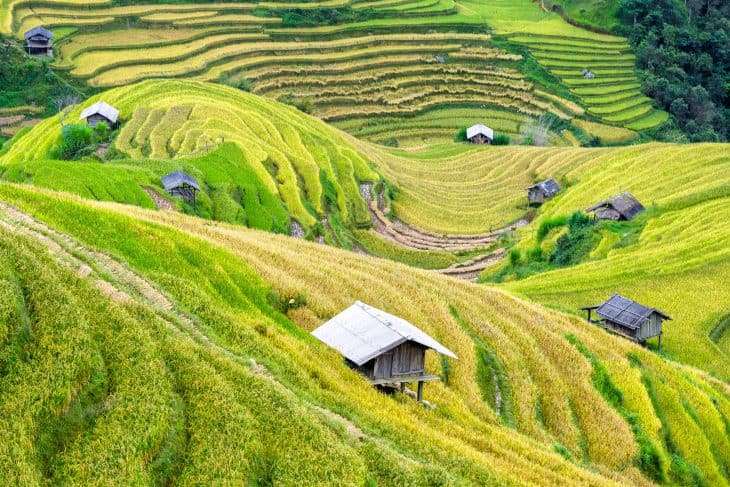
Vietnam could easily penetrate any list of tourist destinations from all over the world. It has lovely coastlines and historical sites. Hence, today, let’s learn more about its history, culture, and food. Read on these Vietnam facts so that you can know more about Vietnam before your next travel!
- Originally, the name of the country comes in two words, ‘Viet Nam.’
- The location of Vietnam is in Southeast Asia, on the east of the Indochinese Peninsula.
- Vietnam covers a total area of 331,230.8 square kilometers.
- The capital of Vietnam is Hanoi which is only the second-largest city by population.
- As of January 16, 2020, Vietnam has a population of 96,937,812.
- The largest city in Vietnam is Ho Chi Minh City.
- Vietnam celebrates its National Day every 2nd of September.
- Vietnamese food has three main categories respective to the primary regions of the country: north, south and central.
- Life expectancy in Vietnam is 75 years.
- The international dialing code for the country is +84.
- Following the Indochina Time (ICT), Vietnam Standard Time is 7 hours ahead of Greenwich Mean Time (+7).
- Education in Vietnam begins with 5 years of compulsory primary school, from age 6-11.
- To summon children, schools use traditional gongs instead of bells.
- The literacy level in Vietnam is 94%.
- The currency used in the country is the Vietnamese Dong.
- The largest natural cave in the world called Son Doong is located in Vietnam.
- In Vietnam’s Bin Chau Hotsprings, it is hot enough to boil eggs.
- Egg coffee is a delicacy, especially in Hanoi.
- The size of Vietnam is around thrice larger than Tennessee and a little over Mexico.
- Around 40% of Vietnamese are named Nguyen, the most common name in the country.
Vietnam Facts Infographics
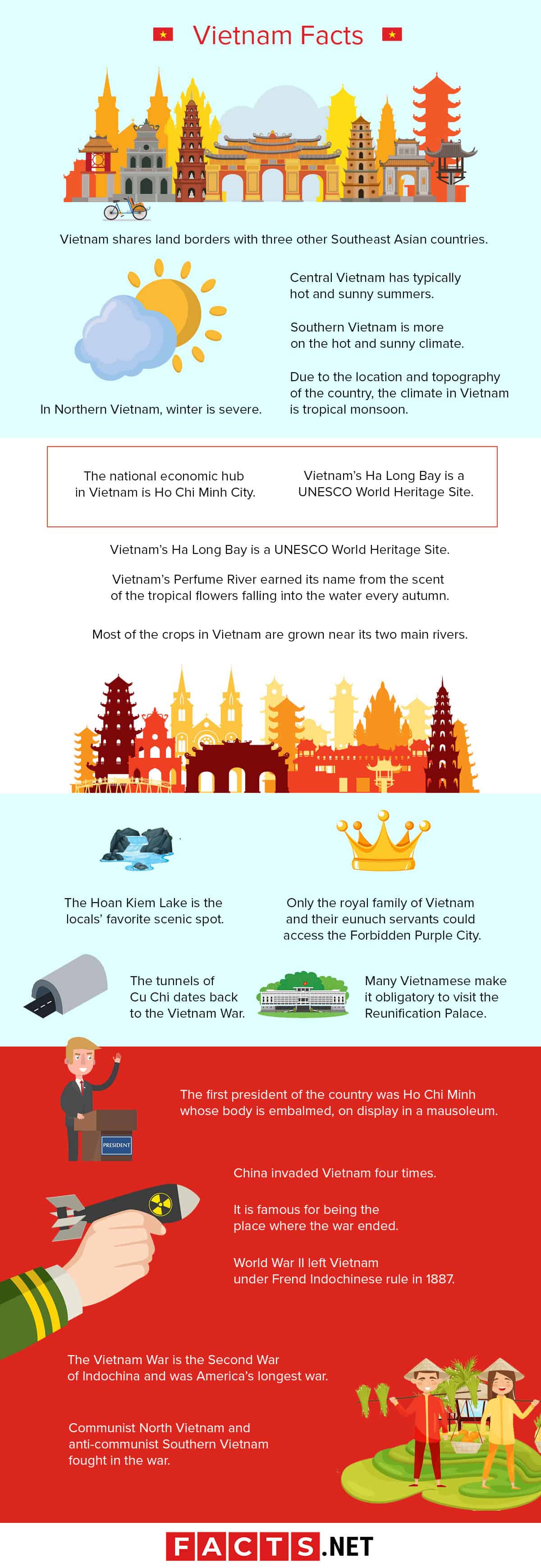
Vietnam shares land borders with three other Southeast Asian countries.
China sits on its north while Laos and Cambodia are right beside it on its west. Its coastlines lie along the South China Sea and the Gulf of Thailand.
Due to the location and topography of the country, the climate in Vietnam is tropical monsoon.
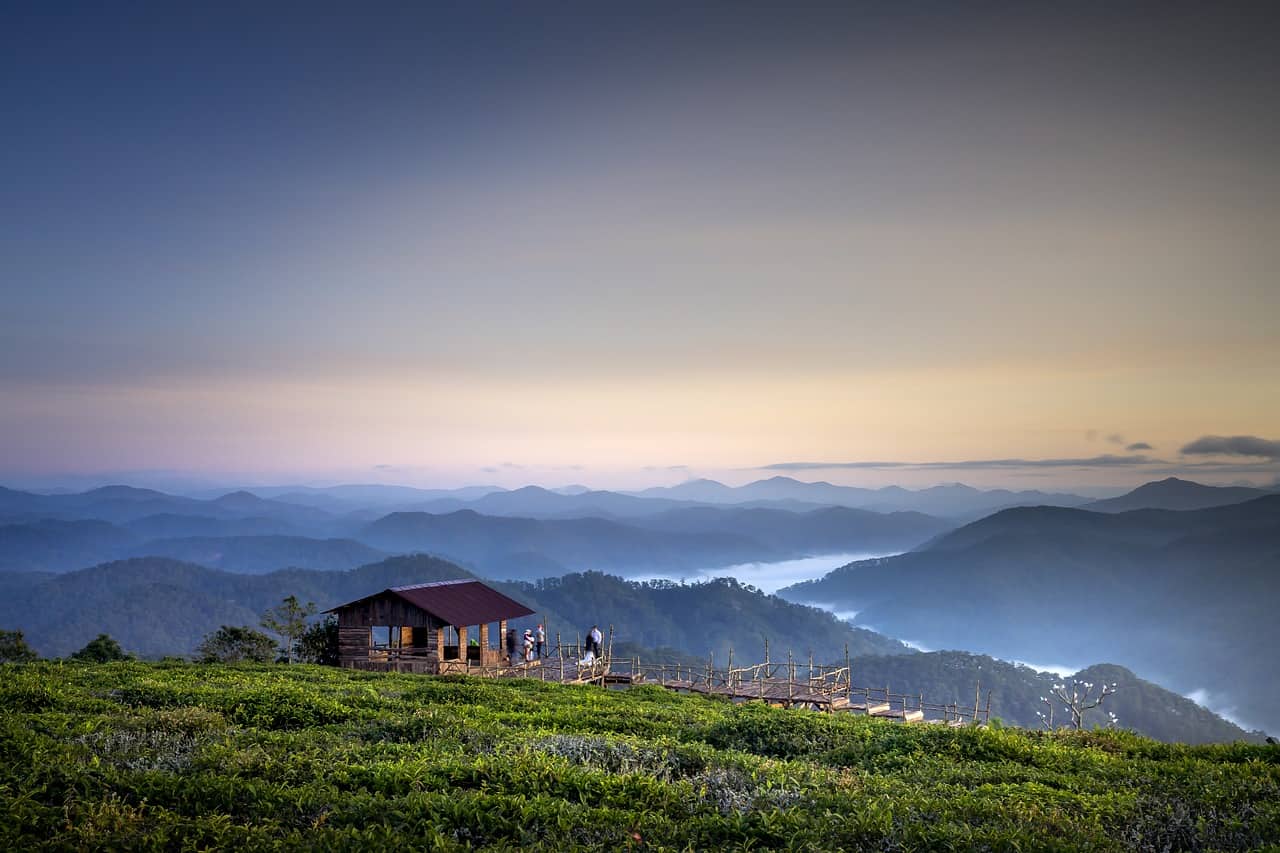
Still, the climate in different parts of the country varies with its numerous different zones.
In Northern Vietnam, winter is severe.
It is in rotation with pleasant springs, hot, rainy summers, and autumns. However, the climate in the highlands is extreme both with the hot summers and occasionally snowy winters.
Central Vietnam has typically hot and sunny summers.
In the north, Lăng Côhas hotter summers and cooler winters. In the south, Da Nang is chill with milder conditions.
Southern Vietnam is more on the hot and sunny climate.
It only has frequent rains during June and July. From December to January, the season is typically dry.
The national economic hub in Vietnam is Ho Chi Minh City.
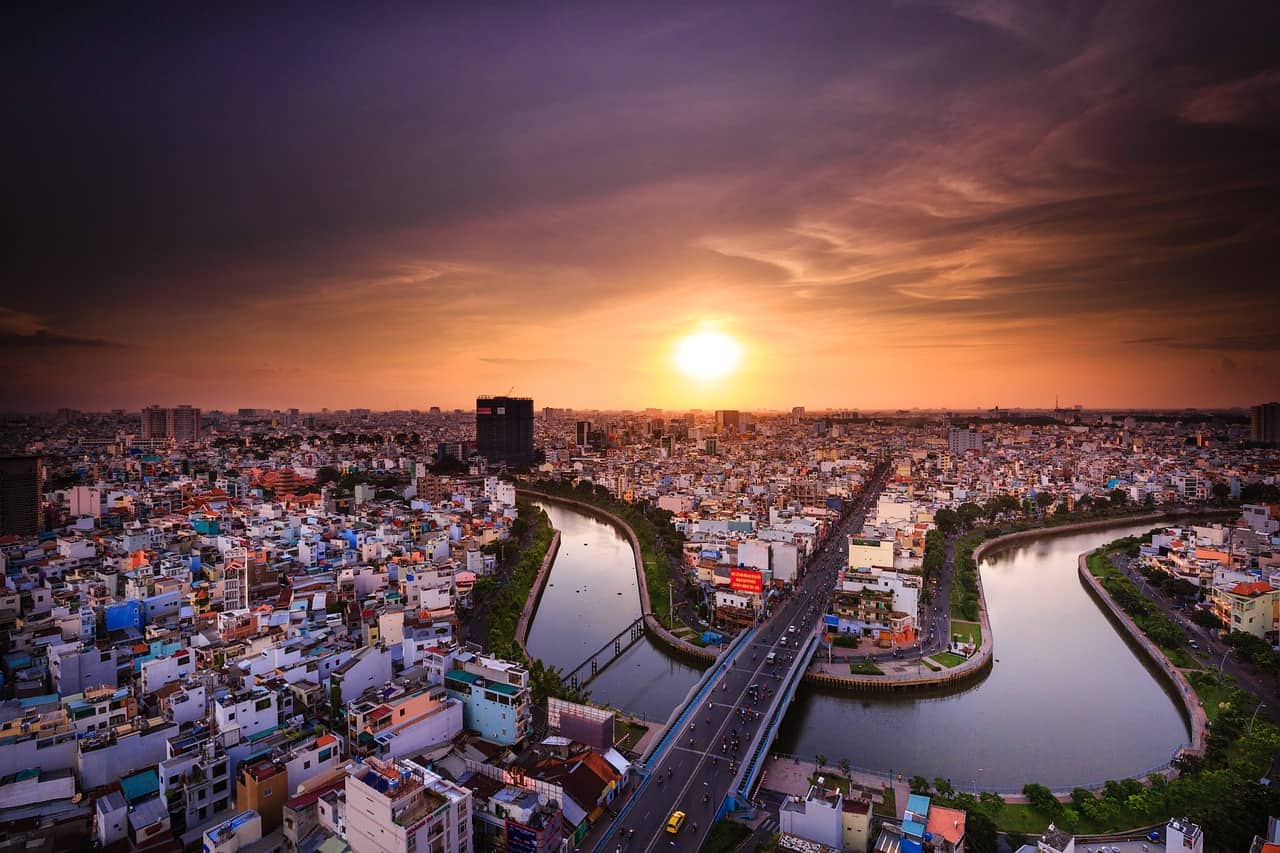
Formerly known as Saigon, the city is the largest in the country. On the other hand, the third-largest city Haiphong serves as the major port in northern Vietnam.
Vietnam’s Ha Long Bay is a UNESCO World Heritage Site.
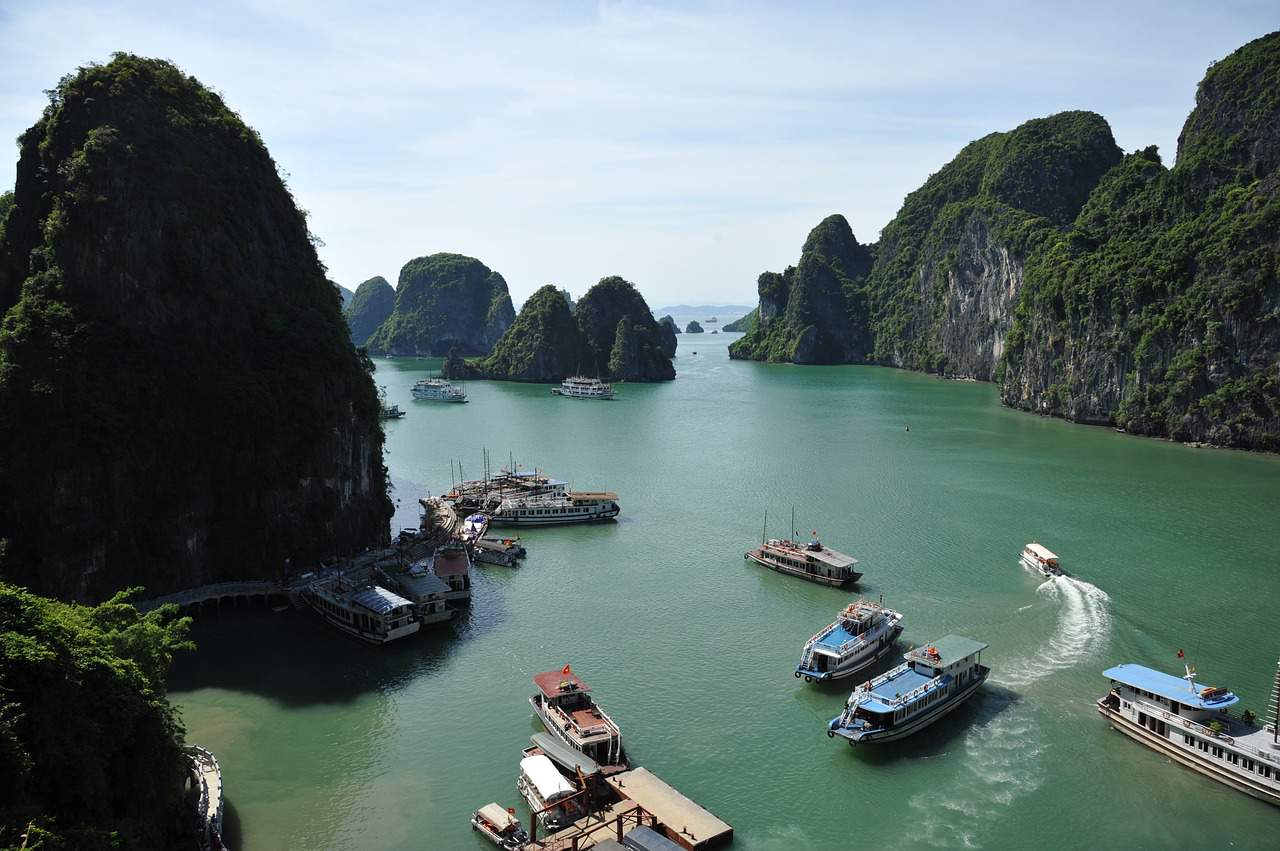
It also qualified as one of the New 7 Wonders of Nature since 1994. Also known as the ‘Bay of Descending Dragons,’ Ha Long Bay is a 120-km long coastline of a beautiful national park consisting of a seascape of islands. Forest topping many limestone pillars rise from the water of the Gulf of Tonkin.
The Fansipan mountain in Vietnam is the highest peak in the Indochina.
It is regarded as ‘The Roof of Indochina’ and stands at an elevation of 3,144 meters.
Vietnam’s Perfume River earned its name from the scent of the tropical flowers falling into the water every autumn.
Overlooking the Perfume River is the golden Thien Mu Pagoda, a historical site that tourists could also visit. Thien Mu serves as the unofficial symbol of the previous imperial capital. It was built back in 1601 under the Nguyễn Lords government.
Most of the crops in Vietnam are grown near its two main rivers.
The North has the Red River while the South has the Mekong River. Both of them have fertile plains around them, growing a huge amount of the country’s crop supplies.
The Hoan Kiem Lake is the locals’ favorite scenic spot.
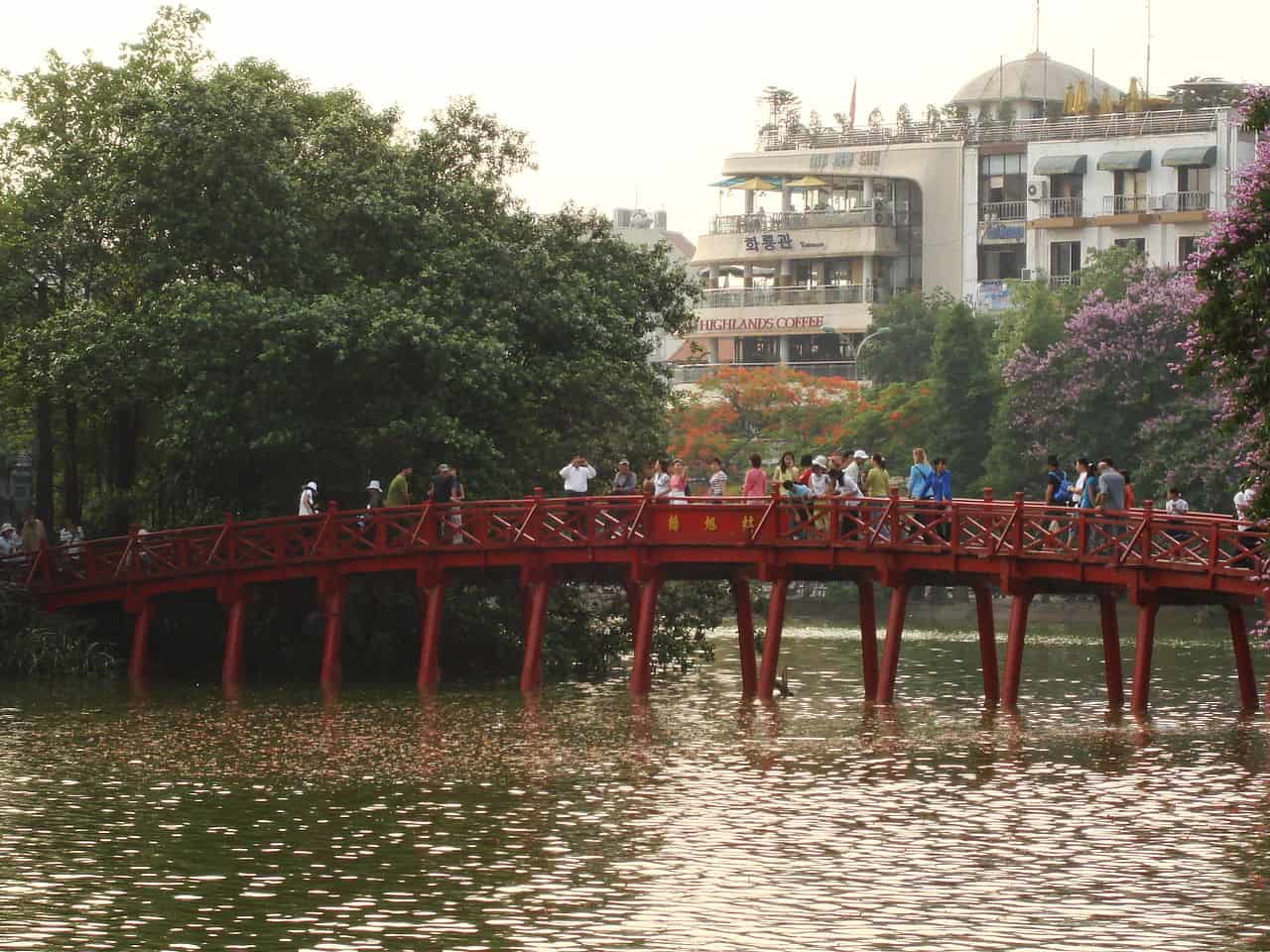
It sits in Hanoi’s historical center. The legend of the lake tells the story of how King Le Loi received a magical sword. He purportedly used it in driving out the Chinese invaders.
Only the royal family of Vietnam and their eunuch servants could access the Forbidden Purple City.
This place is a walled fortress and palace in Hue.
The tunnels of Cu Chi dates back to the Vietnam War.
Viet Cong soldiers used the underground pathway network in their battle against the American forces.
Many Vietnamese make it obligatory to visit the Reunification Palace.
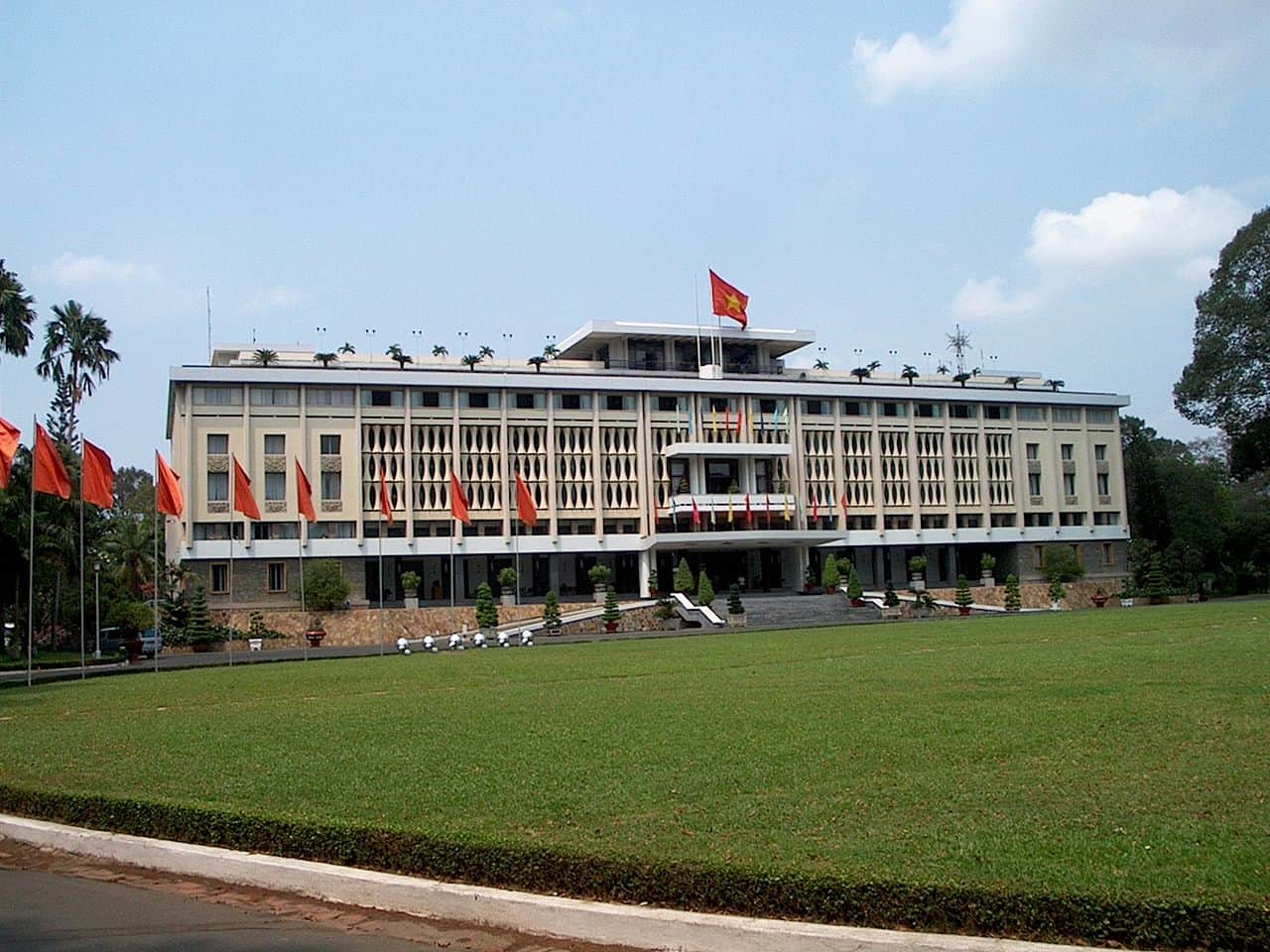
The president of South Vietnam used to live here. Even his original furniture could still be found there.
It is famous for being the place where the war ended.
This image earned it the name ‘Independence Palace.’ Tourists could also visit the War Remnants Museum nearby wherein visitors could gain perspective on the devastation brought by the war.
The first president of the country was Ho Chi Minh whose body is embalmed, on display in a mausoleum.

‘Great Uncle Ho’ is regarded as the founding father of modern Vietnam as well as the symbol of liberation post-War. The UN recognized Uncle Ho as a ‘Hero of National Liberation’ and ‘Great Man of Culture’.
China invaded Vietnam four times.
Aside from that, other Asian and Western invaders alike repeatedly attacked and divided the country.
World War II left Vietnam under Frend Indochinese rule in 1887.
Despite declaring independence after the Second World War, France still persisted in their governance. Communist forces led by Ho Chi Minh defeated them in 1954.
The Vietnam War is the Second War of Indochina and was America’s longest war.
However, Vietnam calls it the ‘American War.’ It lasted from November 1, 1955, until April 30, 1975. The war in Afghanistan surpassed its longevity record in America.
Communist North Vietnam and anti-communist Southern Vietnam fought in the war.
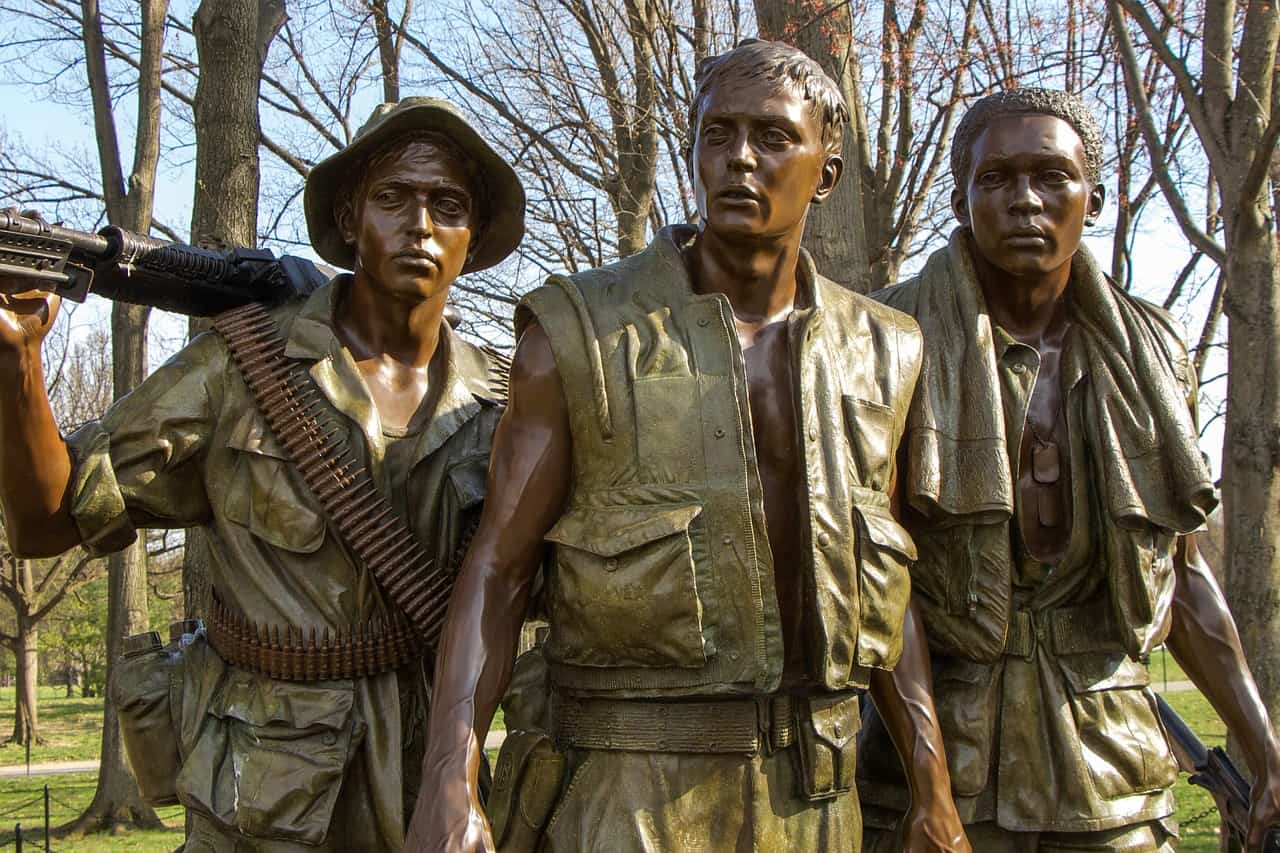
The People’s Republic of China and the Soviet Union, both communist countries, supported the north. On the other hand, anti-communist countries like the United States aided the south.
The Vietnam War was also regarded as ‘The War That The U.S. Lost’.
Throughout the years, people debated the real reason why the United States lost the war. It is given that both the Viet Cong (VC) and the North Vietnamese Army (NVA) carry more than enough motivation to win the war. Meanwhile, Americans do not have such determination in the war.
North Vietnam won the ‘Vietnam War’.
Put together America’s failure in achieving military and North Vietnam successfully taking over the Republic of South Vietnam. This controversial topic remains to affect numerous political and military decisions today.
The flag of Vietnam has a golden star in the middle of a red background.
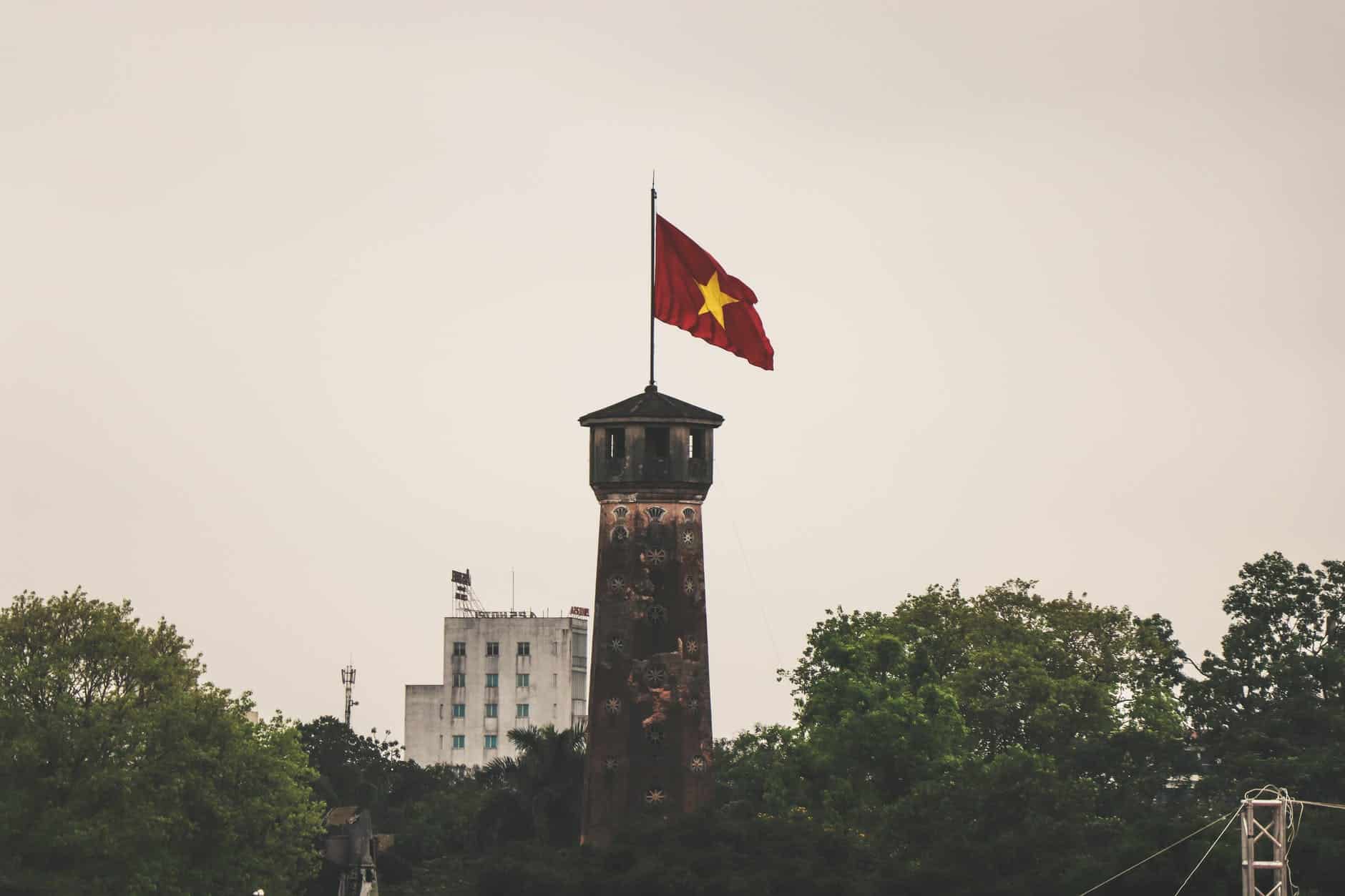
Each of the five points of the star represents the youth, intellectuals, workers, farmers, and soldiers. In addition, the red background symbolizes the bloodshed from the wars.
A single political party rules over Vietnam.
The President serves as Head of State, the Prime Minister stands as the Head of the Government. Through the legislature of the National Assembly, the Prime Minister would be selected to hold the most governmental influence. Whereas, the President would only be ceremonial with less authority.
The national flower of Vietnam is the lotus.
Meanwhile, its national animal is the water buffalo.
Vietnamese culture evidently has Chinese origins.
Confucianism and Taoism hold influence over their traditional philosophy and even the political system. The predominant religion in the country is Buddhism which also has a strong connection with popular culture. In turn, the said religion has a major locus of harmony and humanity.
Traditional Vietnamese culture upholds the core values of harmony, humanity, family, and community.
Likewise, Vietnamese people also highly value key cultural symbols such as mythical figures, especially the Vietnamese dragon.
The most important social unit in Vietnam is the clan.
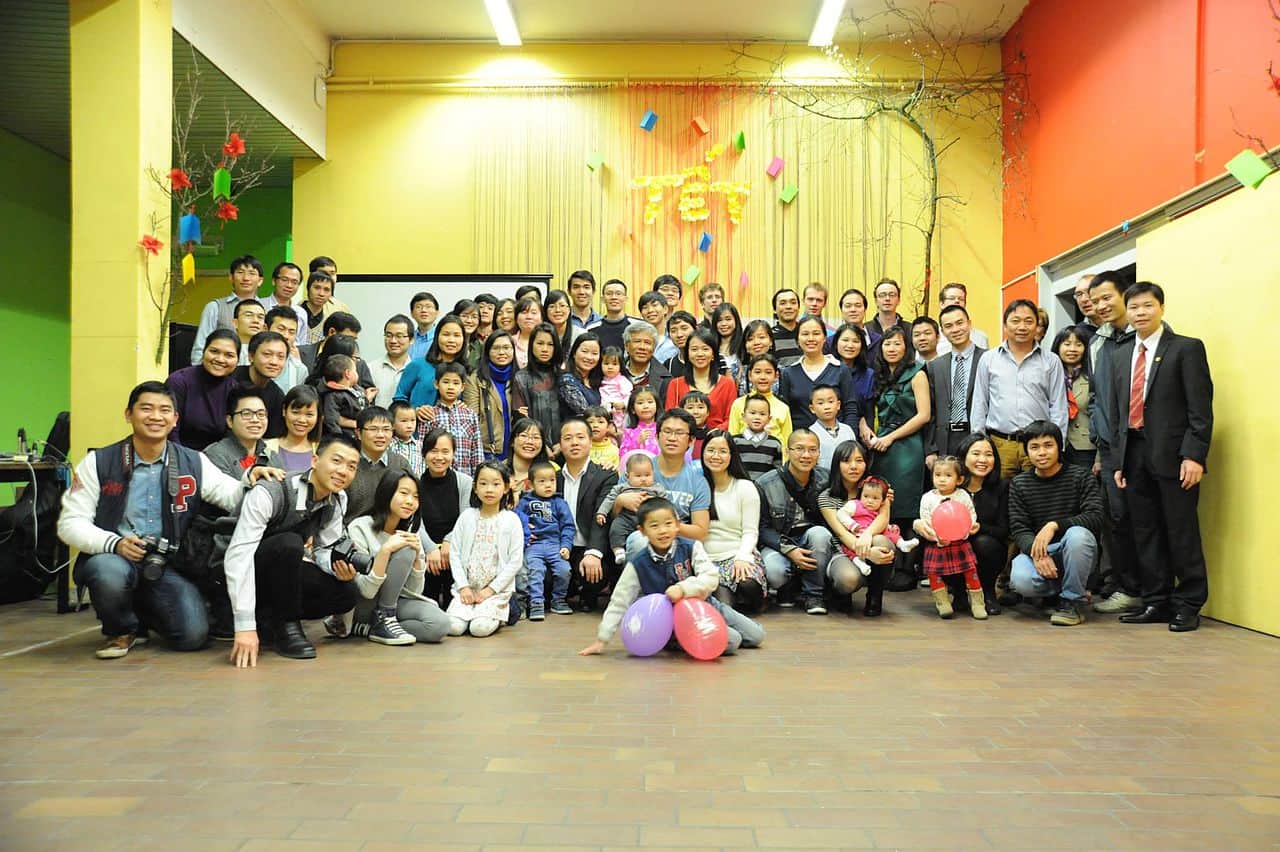
They value families and clans over individualism. Each clan emphasizes the lead of a patriarch and has a clan altar in commemoration of deceased family members.
Naming villages after resident clans is a norm in Vietnam.
Part of their tradition is having all the clan members living all together in longhouses. Sometimes, a single roof houses three to four generations of the family.
Vietnamese traditional funeral ceremony lasts up to almost two years.
Placed on a grass mat, the body would then be buried in a coffin where it will stay through an elaborate and longspun ceremony. All family and friends would attend the funeral and practice several phases of mourning rituals even after the funeral day. But with the passing of years came the dwindling of the number of rituals, hence the less complex burials and funerals of today.
The most important festival for the Vietnamese is the Tet Nguyen Dan.
More commonly known as simply ‘Tet,’ this festival is similar to the Lunar New Year. It celebrates rebirth.
Vietnamese have a festival called ‘Love Market’.
People observe it in commemoration of a tragic forbidden love story. Likewise, this festival gives present time ex-lovers an opportunity to convene on neutral territory.
Child labor trafficking is a major problem in Vietnam.
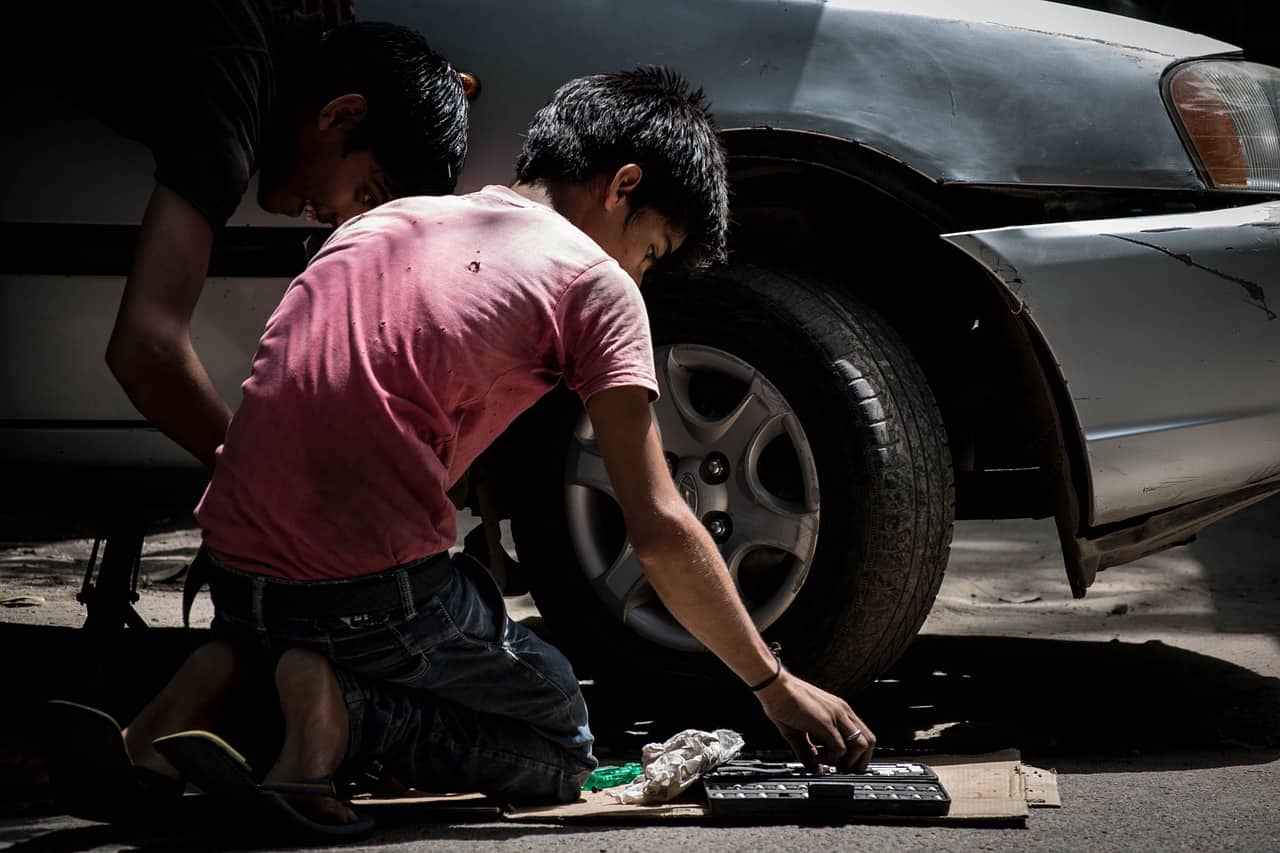
Rural villages are the most common target for trafficking gangs. These perpetrators trick parents into thinking that they would give their children technical skills or vocational training. Considering the ‘golden egg’ culture of the country, the children would be sent in places both domestic and international. If lucky, they get to send money back for the family.
Vietnamese people have mixed origins.
Among the keys in the combination are the Mongol races from north and east Asia, Chinese influences and Indian qualities.
The Happy Planet Index listed Vietnam as the 5th happiest nation in the world.
In the Asia Pacific region, the country ranks second. These recognitions justify the common perception that Vietnam is an optimistic and generally happy nation.
Vietnam is home to 54 ethnic minority groups.

Among them are the Dao, Hmong, Nùng, Tay, and Thai. In the 1950s pre-Vietnam War, the Central Highlands has a population composed mainly of Degar with over 40 tribal group variations. Whereas the lowlands sheltered ethnic Chinese ‘Hoa’ and groups of Khmer Krom.
Of the ethnic minority population residing in Vietnam, 85% belong to indigenous groups.
The largest among them is the Thain and Hmong. Both groups settled in the mountainous regions of Vietnam for centuries.
The national language of Vietnam is called Quoc-ngu.
Mid-17th century, a French missionary developed a spelling system using the Roman alphabet. With it, he applied additional signs and several accents to register the tones. The French made it the official written language of the country in 1910 following its increased spread among the peoples. Eventually, it became the universal learned and written language by all Vietnamese.
In the 8th century, a writing system called Chunom was developed.
This system consists of slightly modified Chinese characters.
Vietnam was once a Chinese province for more than a millennia.
It lasted from 111 BC to 939 AD. This piece of Vietnam facts explains why a huge part of the country’s technical, literary, and governmental vocabulary has references from the Chinese language.
The Vietnamese language is a reflection of the hodgepodge of racial and cultural origins that met in the country.
This unique mixture is consists of the fusion of the Mon-Khmer monotone and the Tai grammar and tonality.
French is a prevailing second language among educated Vietnamese.
Still, the majority of the country’s population speaks Vietnamese while minority groups talk in distinct languages.
Vietnamese construction styles also demonstrate a variety of cultures.
Aside from traditional stilt houses, there are also thin tube houses, Chinese style pagodas and colonial French architecture all over the country.
The most common mode of transport in Vietnam is motorbikes.
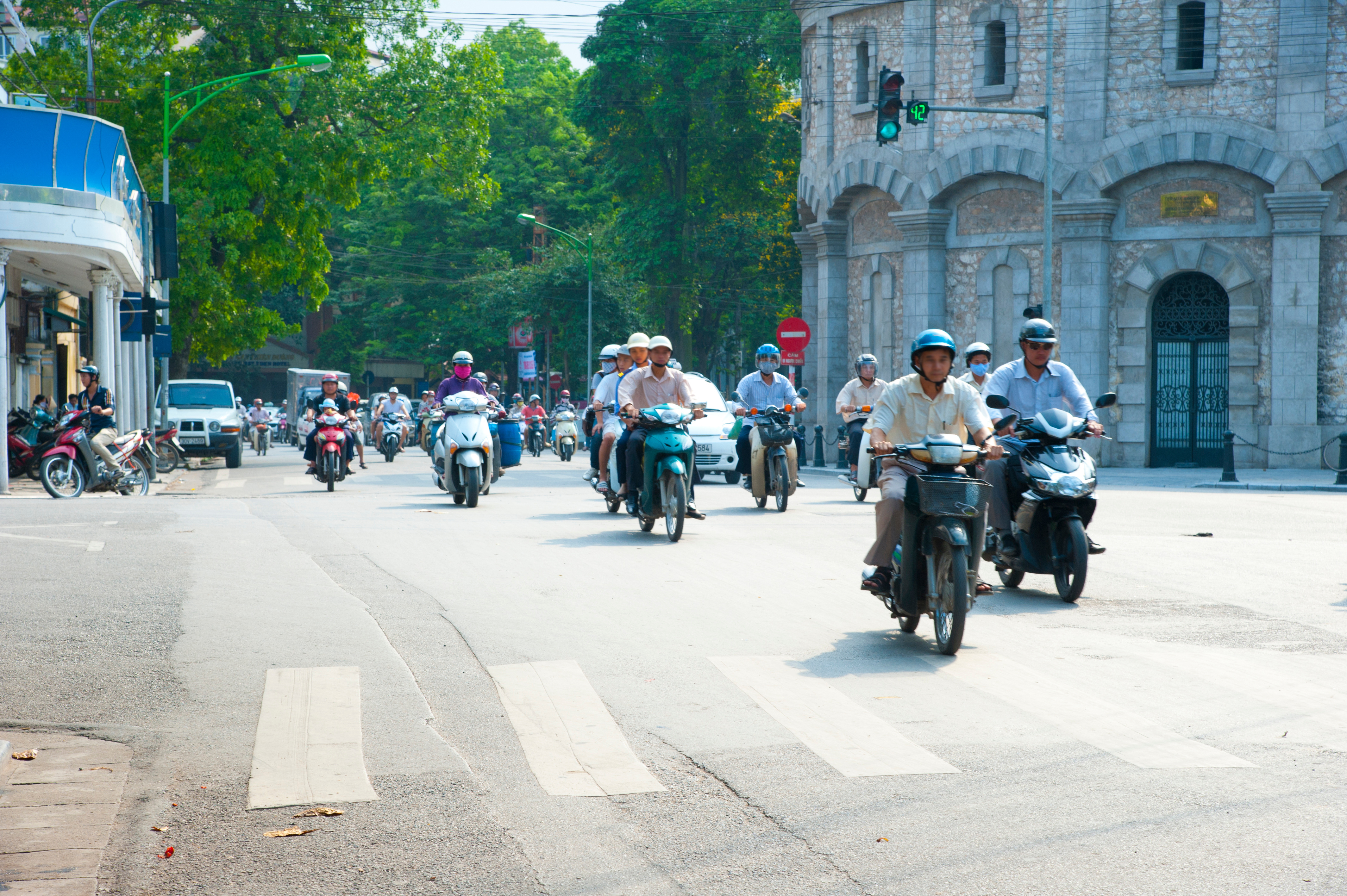
Even so, riders would receive a fine from authorities when they go riding around without wearing a helmet.
Traditional clothing for Vietnamese women is called the ‘ao dai.’
It is a four or five-part flowing tunic with two equal laps tied together in the front. These garments vary in style depending on every region of the country.
Traditional clothing for Vietnamese men is almost identical to that of women.
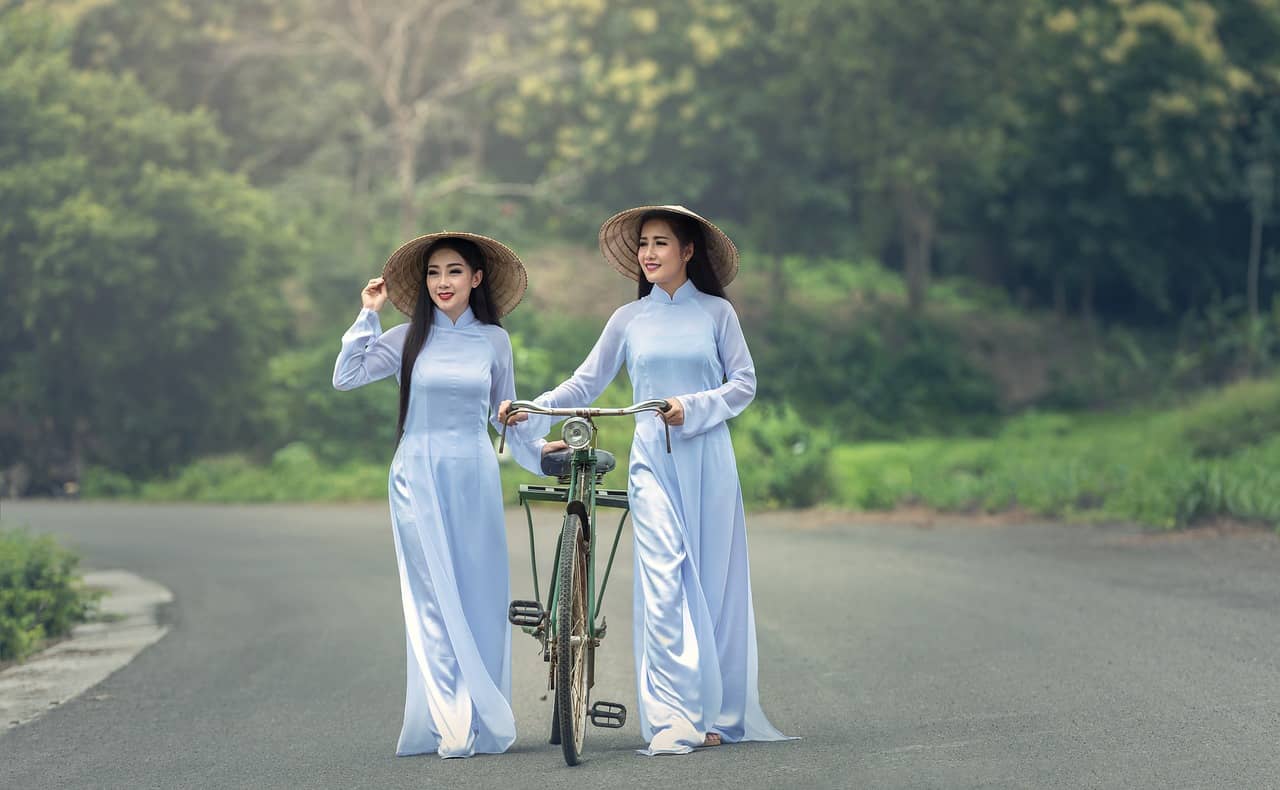
Its distinction is on the snug collar that is buttoned down to the waist on the left side. The male version of the tunic is only knee-long and is more loosely fitted. To complete the attire, some people wear the traditional straw hat called nón lá.
Vietnam also applies the principle of yin and yang.
Even in preparing a meal, it is important to render contrasts in the food, whether it is in the spiciness or the temperature of the food.
Vietnamese cuisine is famous for achieving the balance of the five Asian elements.
Expect the taste of sweet, salty, sour, spicy, and bitter in their full-course dishes.
The most common Vietnamese breakfast is the pairing of baguettes and coffee.
Tea or coffee breaks are less common among locals. Meanwhile, typical food choices for them are rice, noodles, bread, and vegetables.
A typical Vietnamese dinner has one to two main dishes.
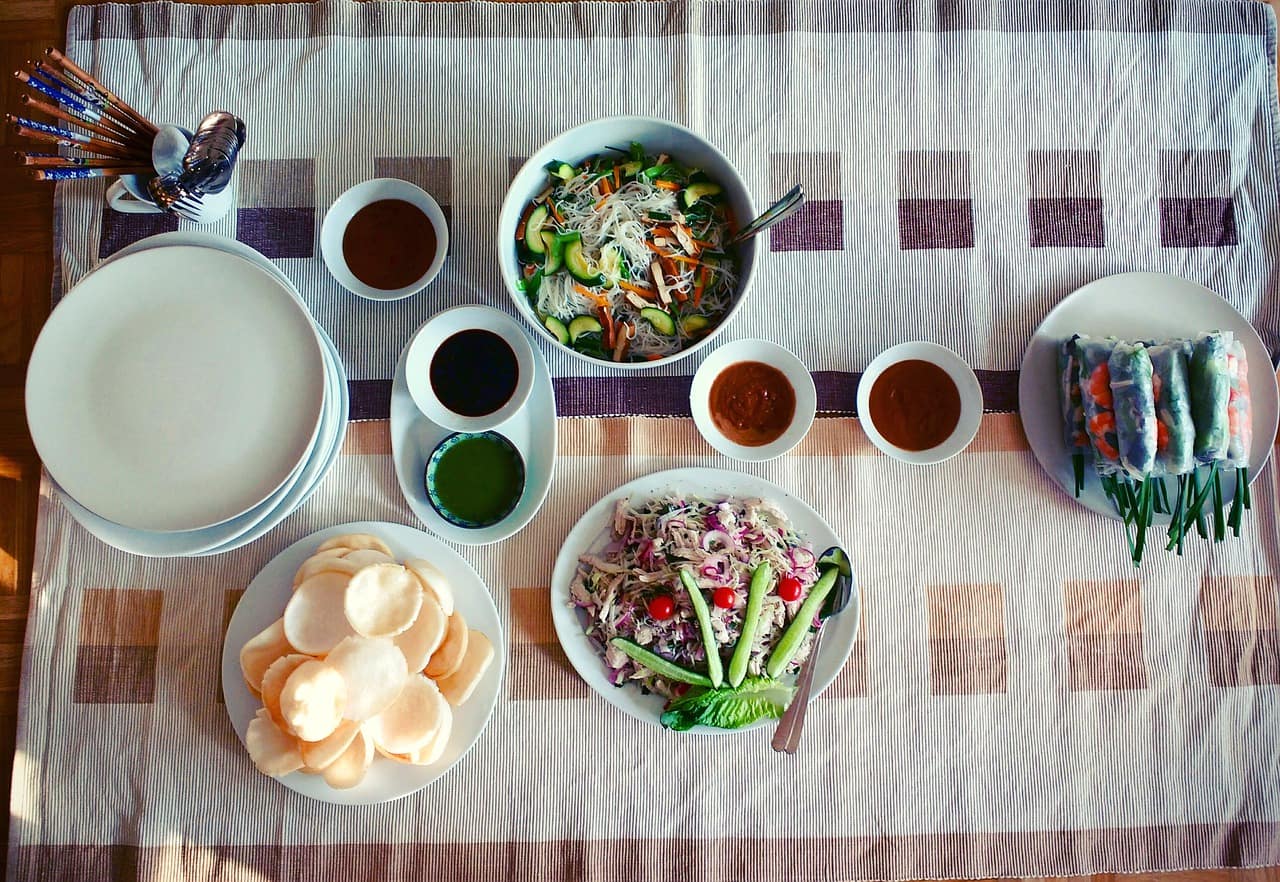
It is a combination of broth, vegetables, and meat.
Vietnam also has a reputation for its street food culture.
Despite being sold on the streets, this food still upholds the perfect balance that Vietnamese cuisine is famous for. A lot of people consider Vietnamese street food culture as one of the best in the world.
Rice is a staple part of meals in Vietnam.
Locals prefer less oil usage in dishes and greater vegetable portions. The list of popular ingredients includes basil, fish sauce, soy sauce, and mint. These features contribute to the wide taste range of Vietnamese food from sweet to spicy to sour.
The most famous dish in Vietnam is phở.
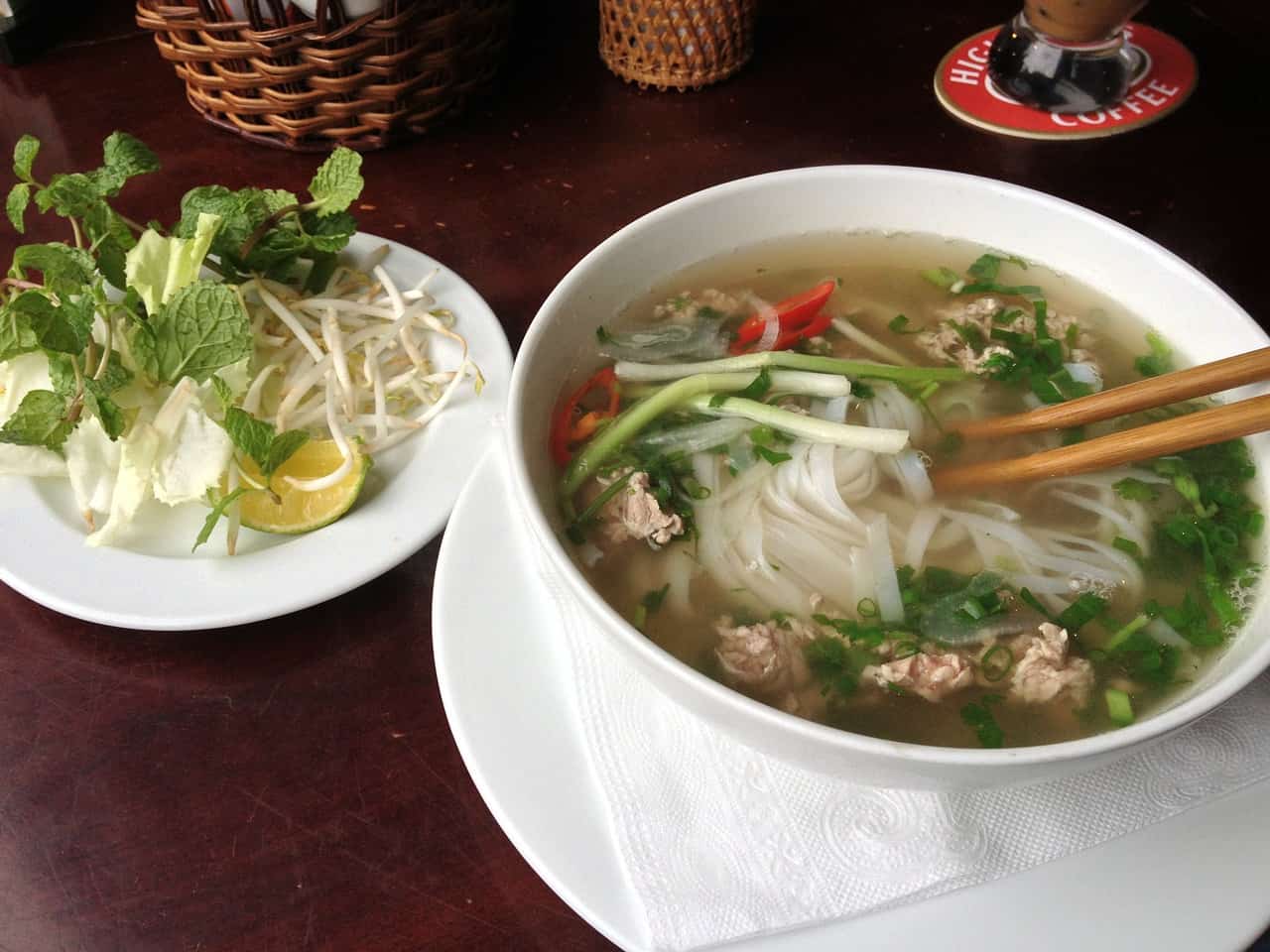
This noodle soup originated in North Vietnam. It features rice noodles with scallions or bean sprouts mixed into chicken or beef soup.
In Vietnam, cooking a pig would mean cooking the entire animal.
Yes, even the innards are included. One of the traditional Vietnamese dishes called Tiet Canh is a recipe with fresh animal blood as the main ingredient.
Vietnamese drink snake wine for health, vitality, and restorative purposes.
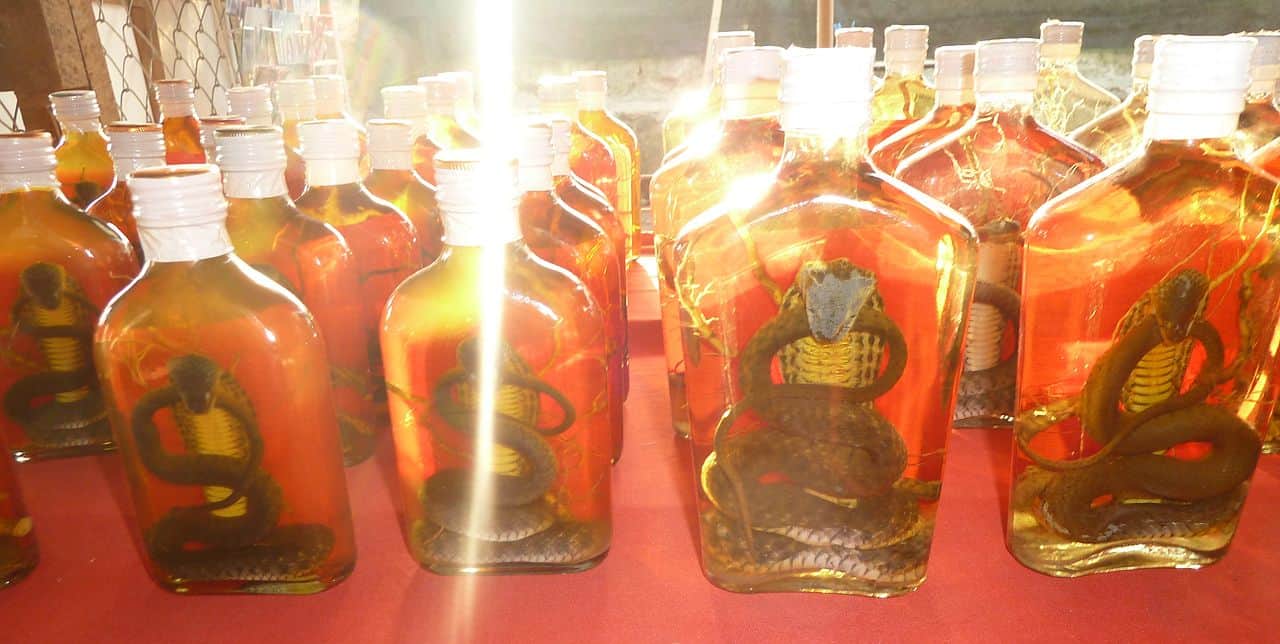
They make the delicacy by steeping whole snakes in rice wine to extract their venom or essence.
Cats and dogs are popular ingredients for dishes in Vietnam.
Kept as pets in most countries, these animals are seen as food in this Asian country. Meanwhile, locals keep potbelly pigs as their pets when they are typical food ingredients in other countries.
Vietnam upholds no official legal drinking age.
The country does not require ID checks in purchasing liquor regardless of the age. It means that anyone could drink alcohol as long as they could get them.
Vietnam ranks third in the largest beer consumers in Asia.
Around three billion liters of beer are consumed in the country per year. It is only behind Japan and China on the record.
Vietnam boasts of nearly 50 national musical instruments.
They regard the Imperial Court music and the Ca trù as the most important forms of their Vietnamese music.
Vietnam’s Quan Ho folk songs are part of the UNESCO Cultural Heritage.
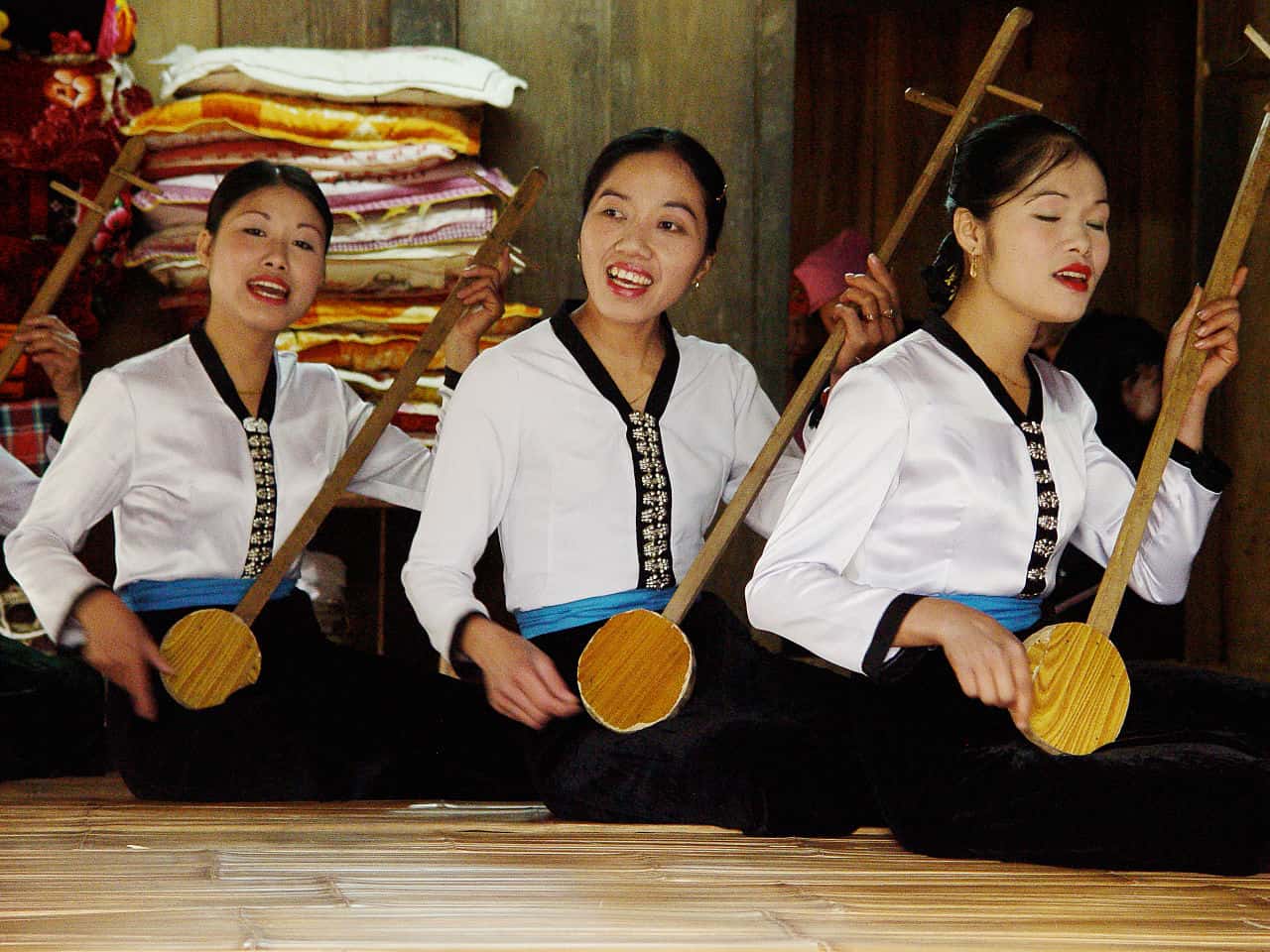
These are love duets sung by male and female singers. It qualifies under the UNESCO category of humanity, geography, and landscape.
Vietnamese dances developed in the Imperial Courts are complex routines requiring great skills to master.
Some of the traditional Vietnam dance forms are the Fan Dance, Imperial Lantern Dance, Lion Dance, and the Platter Dance.
The Vietnamese martial arts philosophy guiding the country’s martial arts practice is called ‘Viet Vo Dao’.
It has close associations with Buddhism, Confucianism, and Taoism, hence, it is closely associated with intense spirituality. A famous movement among this martial arts form is the scissor kick.
The traditional sport in Vietnam is the sepak takraw.
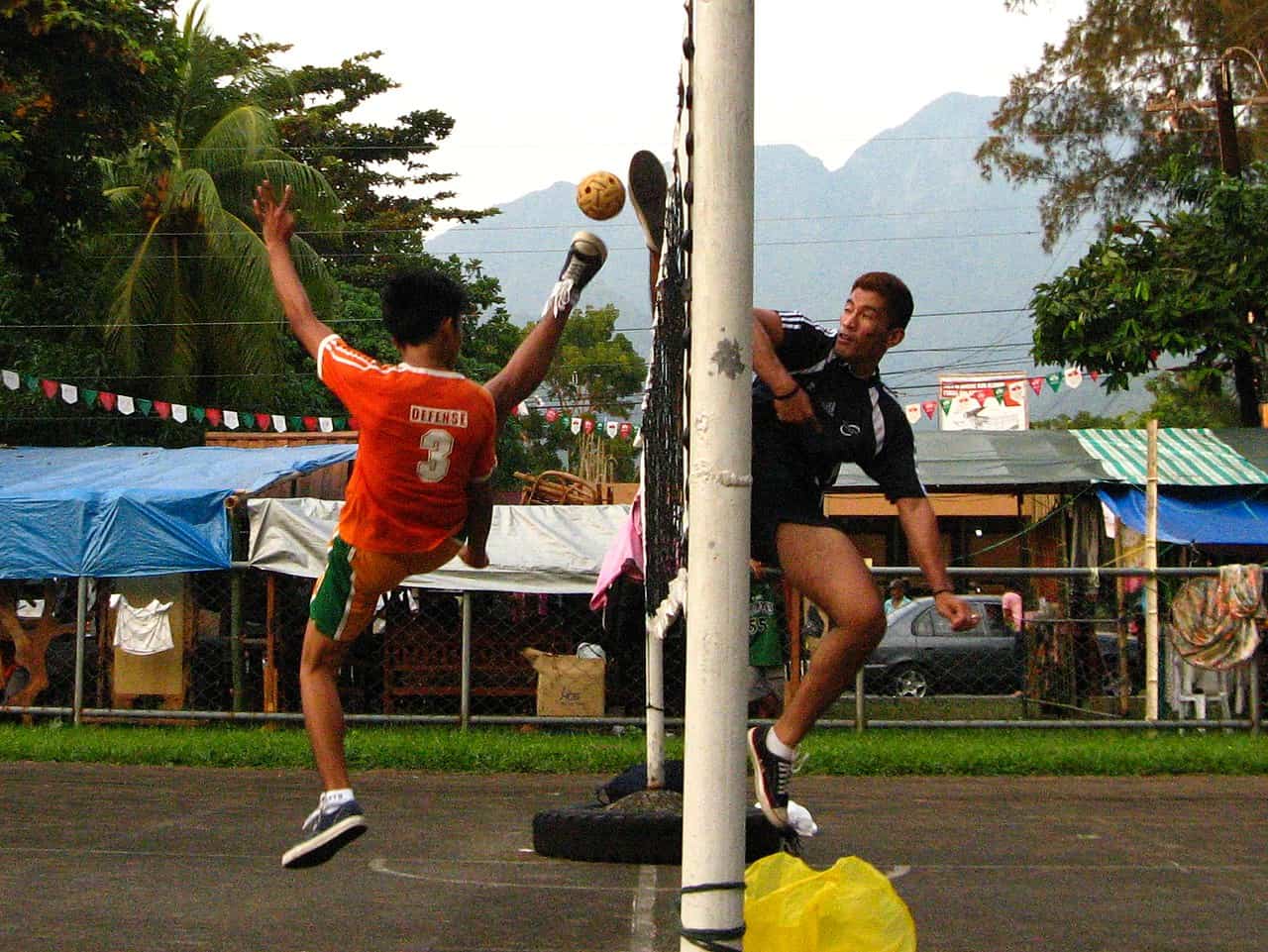
Other names for the sport are calameae ball or kick volleyball. It originated from Malaysia back in the 15th century. Players use their heads and feet in passing and hitting the ball. Aside from Vietnam, the countries of Cambodia, Laos, Myanmar, and Thailand also play sepak takraw.
Water puppetry is a popular art form in Vietnam.
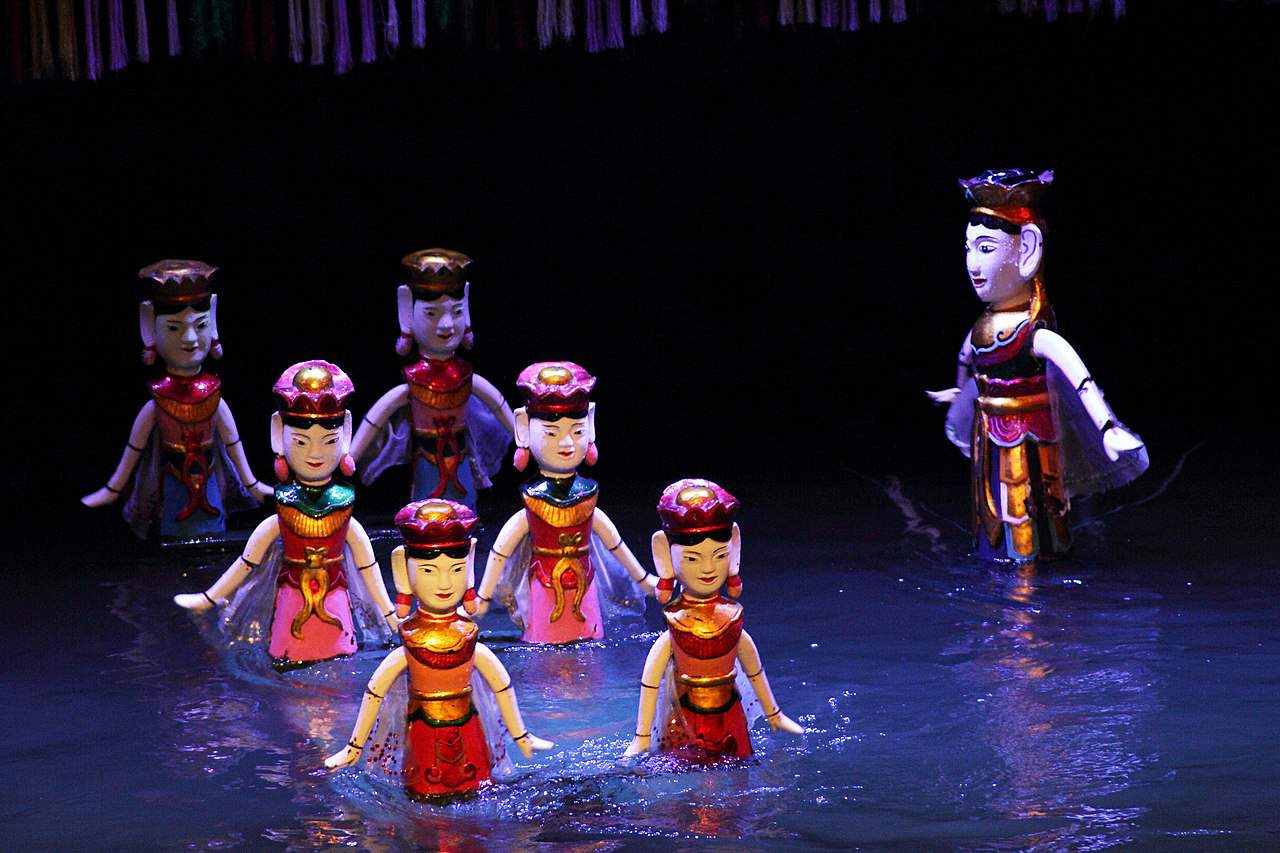
Its history in the country dates as far back as the 11th century but still continues to entertain locals and tourists in the country.
The largest exporter of cashew nuts in the world is Vietnam.
They also conquer the export of black pepper worldwide and is the second-largest rice exporter in the world.
The best time to visit Vietnam is all year round.
Thanks to the country’s above 2000 miles of coastline and three different weather systems, no time is ever right or wrong when it comes to visiting Vietnam. Both sunshine and rain only in varying quantities and extremities are present throughout the country during most months of the year.
Sometimes, travelers avoid visiting the country from September to February.
In these months, the sea level rises at a significant amount, sometimes even accompanied by rains and strong winds.
Vietnam became a well-known tourist destination starting in the 1990s.
Notable state and private investment paved the way for this success. Among the attractions that tourists frequent are Hội An, Mỹ Sơn, the former imperial capital of Hué, and the World Heritage Sites of Phong Nha-Kẻ Bàng National Park.
The largest artificial sea in Southeast Asia is in Vietnam.
The Bình Dương complex would soon join the tourist attractions in the country. In the meantime, they could first experience the coastal region of Nha Trang, the caves of Ha Long Bay, and the heights of the Marble Mountains.
A major attraction called Happyland will soon open in Vietnam.
It will have an amusement park, a five-star hotel, and rally racing inside the complex. Locals and tourists could visit this place in southern Long An Province just around Ho Chi Minh City. Once done, Happyland could accommodate 14 million tourists annually.
Foreigners could apply for a Temporary Residence Card for Vietnam.
This option is cheaper and more convenient in terms of processing compared to a visa.
The second-largest producer of coffee in the world is Vietnam.
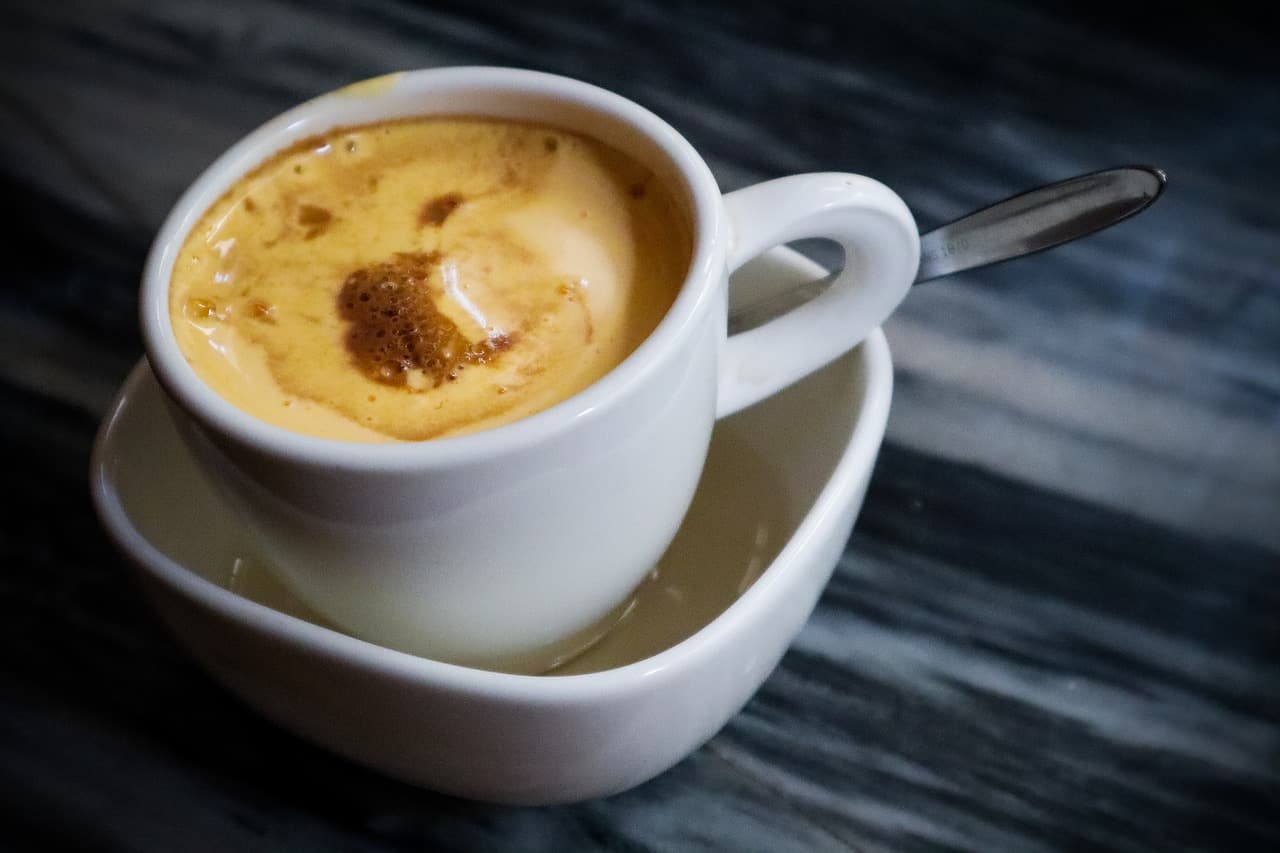
The country also owns around 20% of the coffee market share.
Vietnamese believe in Tao Quan or the Three Kitchen Gods.
They do not only live with each family, but they also observe their actions. Every end of the Lunar Year, Tao Quan goes to Ngoc Hoan, the Jade Emperor to whom they report their year’s worth of findings.
Vietnamese pagodas and temples have different representations in religious construction.
Pagodas are designated for worship and offerings, whereas temples are meant for honoring historical figures.
The largest established religion in Vietnam is Buddhism.

It has 10 million followers and 20,000 pagodas all over the country. Still, Vietnam’s rich culture also extends to its religion. Many of these religions have foundations on imported faiths and popular beliefs. Moreover, count in the number of indigenous groups who embrace theism, animism, and even ancestor worship.
When visiting Buddhist pagodas, people should remove their shoes.
It would be impolite to point feet and soles at people or even statues of the Buddha.
Although Vietnamese temples do not expect donations, they gracefully receive those given.
Also, you should ask for permission before taking photographs of people, especially when in places of worship.
The second-largest religion in Vietnam is Catholicism.
It has around 6 million followers and more than 6,000 churches stand all over the country.
Vietnam also has indigenous religions.
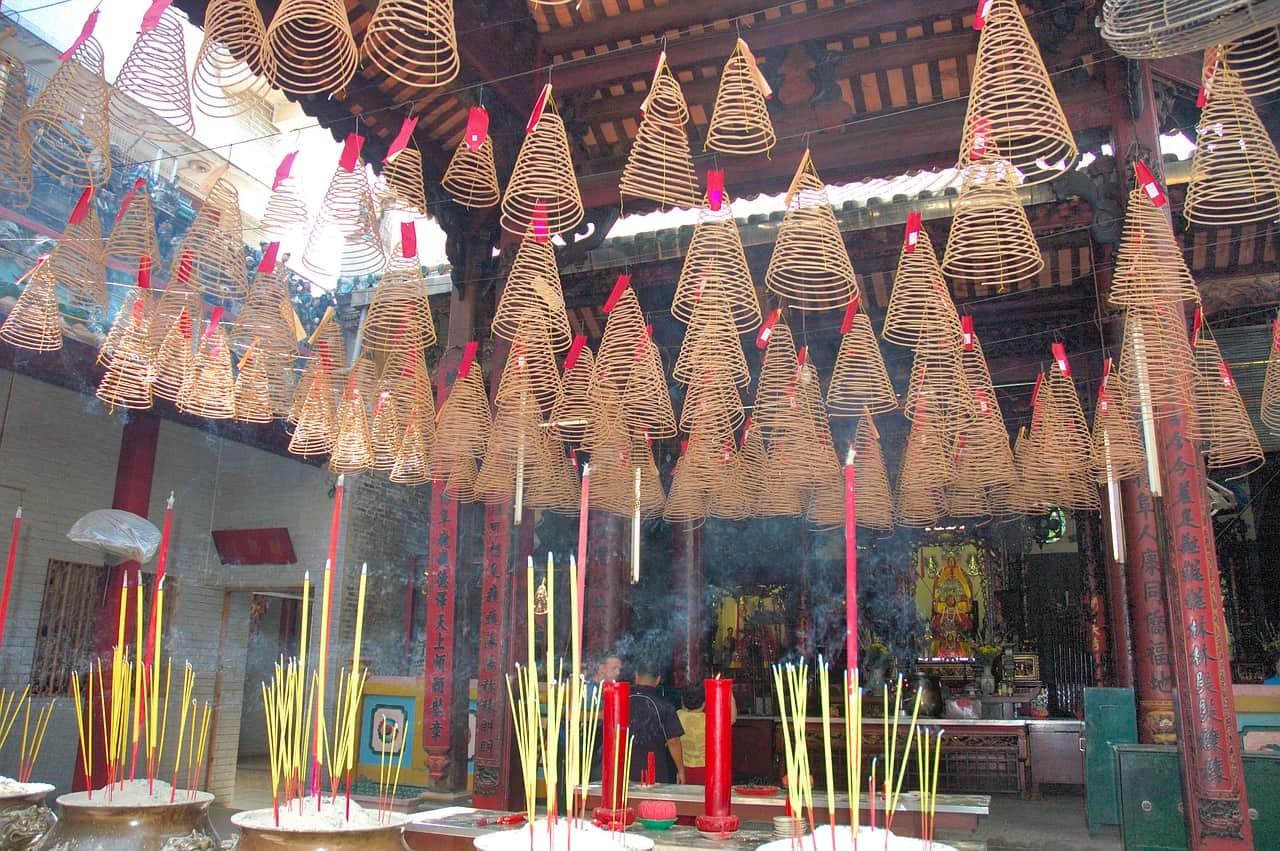
Two of them are the Cao Dai and Hoa Hao sects who each have their respective holy lands in Tay Ninh City, Chau Doc province, and An Giang in the Mekong Delta. Peacefully coexisting with each other, both have contributions to the fight against aggression through the Vietnam Fatherland Front.
Vietnam demonstrated the world’s highest rate of economic growth since 2000.
The country was also forecast to experience one of the fastest-growing emerging economies by 2025 based on its potential growth rate of around 10% annually.
Was this page helpful?
Our commitment to delivering trustworthy and engaging content is at the heart of what we do. Each fact on our site is contributed by real users like you, bringing a wealth of diverse insights and information. To ensure the highest standards of accuracy and reliability, our dedicated editors meticulously review each submission. This process guarantees that the facts we share are not only fascinating but also credible. Trust in our commitment to quality and authenticity as you explore and learn with us.
